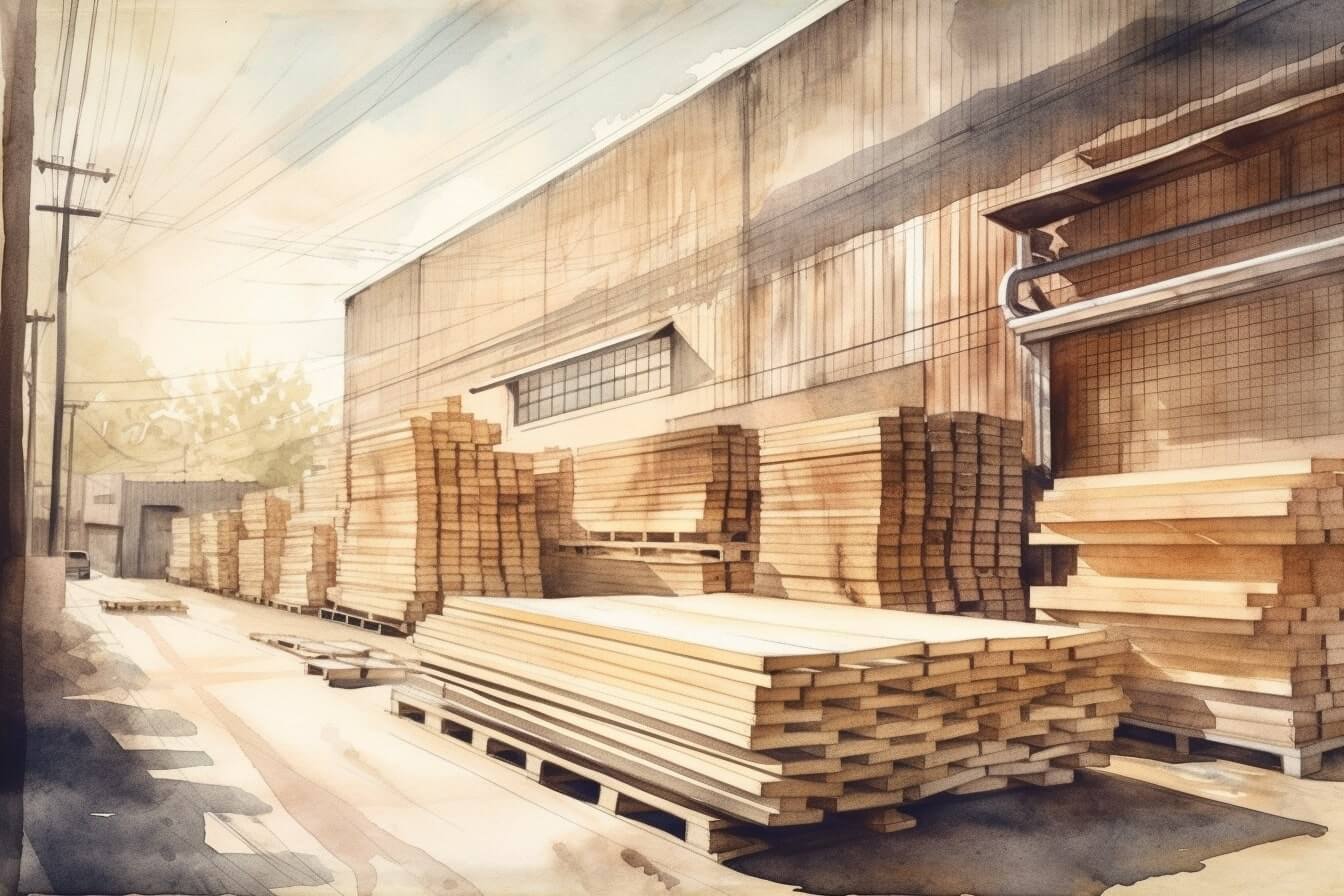When it comes to safeguarding your home, the foundation is your first line of defense against the elements. A well-constructed foundation not only supports the structure but also protects it from moisture intrusion, which can lead to significant damage over time. Waterproofing foundation walls from the outside is a critical process that requires careful planning and execution. In this article, we will delve into the best practices, materials, and techniques for effectively waterproofing your foundation walls, ensuring your home remains dry and structurally sound.
Understanding the Importance of Exterior Waterproofing
Before we explore the methods of waterproofing, it’s essential to understand why exterior waterproofing is crucial. Water infiltration can cause a myriad of problems, including:
- Structural Damage: Excess moisture can weaken the foundation, leading to cracks and instability.
- Mold and Mildew Growth: Damp environments are breeding grounds for mold, which can pose health risks and require costly remediation.
- Increased Energy Costs: Moisture can affect insulation, leading to higher heating and cooling expenses.
- Decreased Property Value: A home with a history of water damage can deter potential buyers.
Step-by-Step Guide to Waterproofing Foundation Walls from Outside
- Assessment and Preparation
Before beginning any waterproofing project, conduct a thorough assessment of your foundation walls. Look for existing cracks, signs of moisture, and drainage issues. This initial evaluation will help you determine the extent of the waterproofing needed.
- Inspect for Cracks: Use a masonry chisel to widen any cracks for better sealing.
- Check Drainage: Ensure that gutters and downspouts direct water away from the foundation. Consider installing a French drain if necessary.
- Excavation
To effectively waterproof your foundation walls, you’ll need to excavate the soil around the foundation. This process involves:
- Digging Down to the Footing: Remove soil to expose the foundation walls, ideally down to the footing level.
- Creating a Slope: Ensure that the soil slopes away from the foundation to facilitate drainage.
- Cleaning the Foundation Walls
Once excavated, clean the foundation walls thoroughly. Remove any dirt, debris, or old waterproofing materials. This step is crucial for ensuring that the new waterproofing materials adhere properly.
- Use a Pressure Washer: A pressure washer can effectively remove stubborn dirt and old coatings.
- Repair Any Damage: Fill in cracks and holes with hydraulic cement to create a smooth surface.
- Applying Waterproofing Membrane
The next step is to apply a waterproofing membrane to the exterior of the foundation walls. There are several types of membranes available:
- Liquid Membrane: This is a flexible, liquid-applied product that forms a seamless barrier. It’s ideal for irregular surfaces.
- Sheet Membrane: Made from materials like polyethylene or rubber, sheet membranes are adhered to the wall and provide excellent protection against water intrusion.
Application Tips:
- Follow the manufacturer’s instructions for application thickness and drying times.
- Ensure that the membrane extends above the soil line to prevent water from pooling against the foundation.
- Installing Drainage Systems
To further enhance the waterproofing of your foundation, consider installing a drainage system. This can include:
- French Drains: A trench filled with gravel and a perforated pipe that redirects water away from the foundation.
- Weeping Tile: A perforated pipe installed at the base of the foundation to collect and redirect groundwater.
- Backfilling and Final Touches
Once the waterproofing membrane and drainage systems are in place, carefully backfill the excavated area with soil. Be cautious not to damage the waterproofing materials during this process.
- Use Clean Fill: Avoid using clay or other materials that retain moisture.
- Compact the Soil: Properly compact the soil to reduce settling and ensure effective drainage.
Maintenance and Monitoring
After completing the waterproofing process, regular maintenance is essential to ensure long-term effectiveness. Here are some tips:
- Inspect Regularly: Check for signs of moisture or damage, especially after heavy rainfall.
- Maintain Gutters and Downspouts: Ensure they are clear of debris and functioning correctly.
- Monitor Landscaping: Ensure that plants and landscaping do not direct water toward the foundation.
Conclusion
Waterproofing foundation walls from the outside is a vital investment in your home’s longevity and structural integrity. By following the steps outlined in this guide, you can effectively protect your foundation from moisture intrusion, preventing costly repairs and health hazards associated with mold growth. Remember, while DIY methods can be effective, consulting with a professional waterproofing contractor can provide additional assurance and expertise, especially for larger or more complex projects. By taking proactive measures, you can ensure that your home remains a safe and dry haven for years to come.

